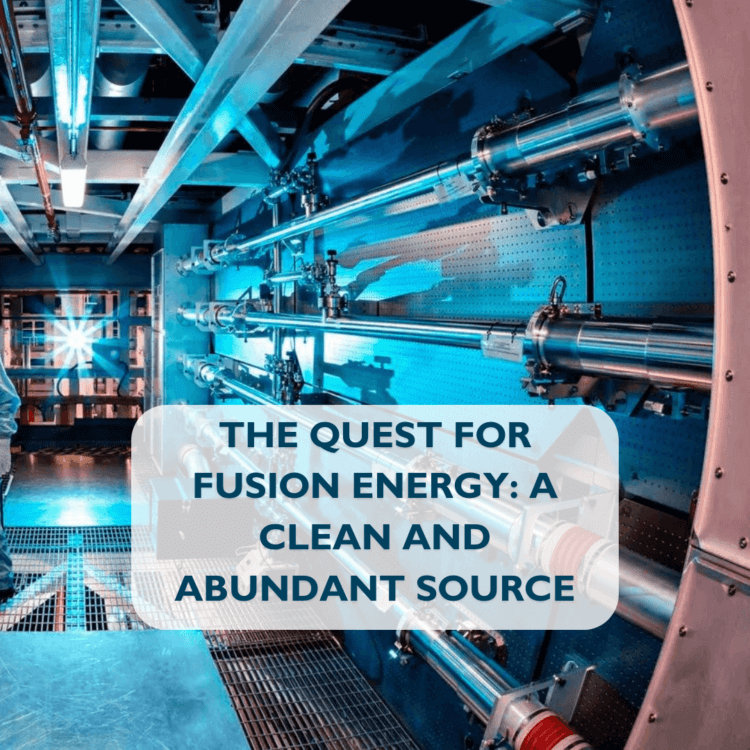1. Abundant Fuel Supply:
Fusion relies on isotopes of hydrogen, deuterium, and tritium, which are relatively abundant and can be extracted from water and lithium. Deuterium can be extracted from seawater, and tritium can be produced in specialized breeding blankets within the fusion reactor, ensuring a virtually limitless supply of fuel.
2. Clean Energy:
Fusion does not produce greenhouse gases or long-lived radioactive waste, making it an environmentally friendly energy source. Unlike fossil fuels and even nuclear fission, fusion has the potential to significantly reduce carbon emissions and nuclear waste.
3. Inherent Safety:
Fusion reactions are inherently safe. Unlike fission reactions, which can lead to meltdowns in nuclear power plants, fusion reactions are self-limiting. If anything goes wrong, the reaction stops automatically, minimizing the risk of catastrophic accidents.
4. Energy Density:
Fusion has an extremely high energy density. A small amount of fuel can release a vast amount of energy, making fusion reactors compact and efficient, which is important for power generation and transportation.
5. Non-Proliferation:
Fusion doesn’t involve the use of fissile materials that could be diverted for the production of nuclear weapons. This makes fusion technology inherently less of a proliferation risk compared to nuclear fission.
However, achieving controlled fusion on Earth has proven to be a challenging task due to the high temperatures and pressures required to initiate and maintain the fusion process. Scientists and engineers have been working on various approaches to harness fusion energy, including magnetic confinement (e.g., tokamaks and stellarators) and inertial confinement (e.g., laser fusion).
Prominent fusion research projects like ITER (International Thermonuclear Experimental Reactor) in France are making significant progress toward demonstrating the viability of controlled nuclear fusion as a practical energy source. ITER, for instance, aims to produce more energy from fusion reactions than is needed to sustain the plasma in the reactor, a key milestone in fusion research.
The successful development of practical fusion energy would have transformative effects on our energy landscape, offering a nearly limitless and clean energy source. It could help address the world’s energy needs, reduce our dependence on fossil fuels, and mitigate the effects of climate change. While there are still significant technical challenges to overcome, the pursuit of fusion energy continues to hold great promise for a sustainable energy future.










No Comments
Leave Comment